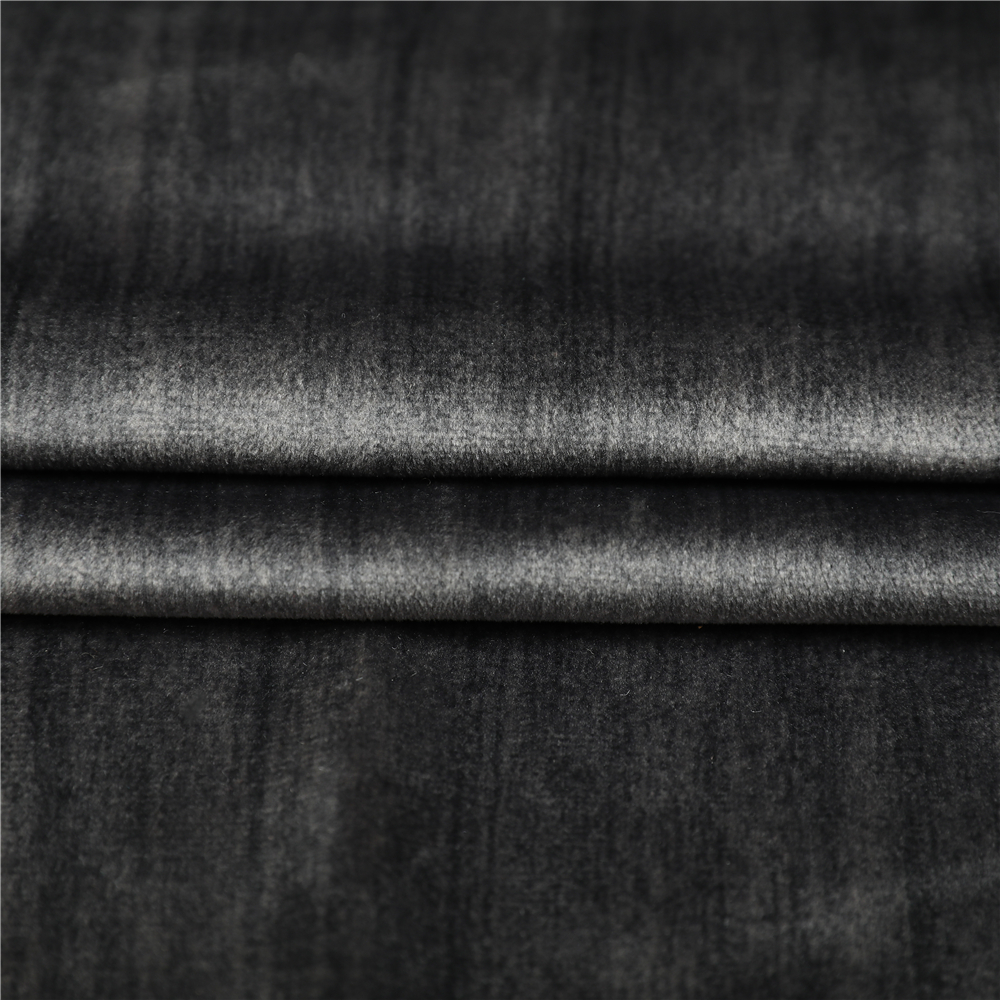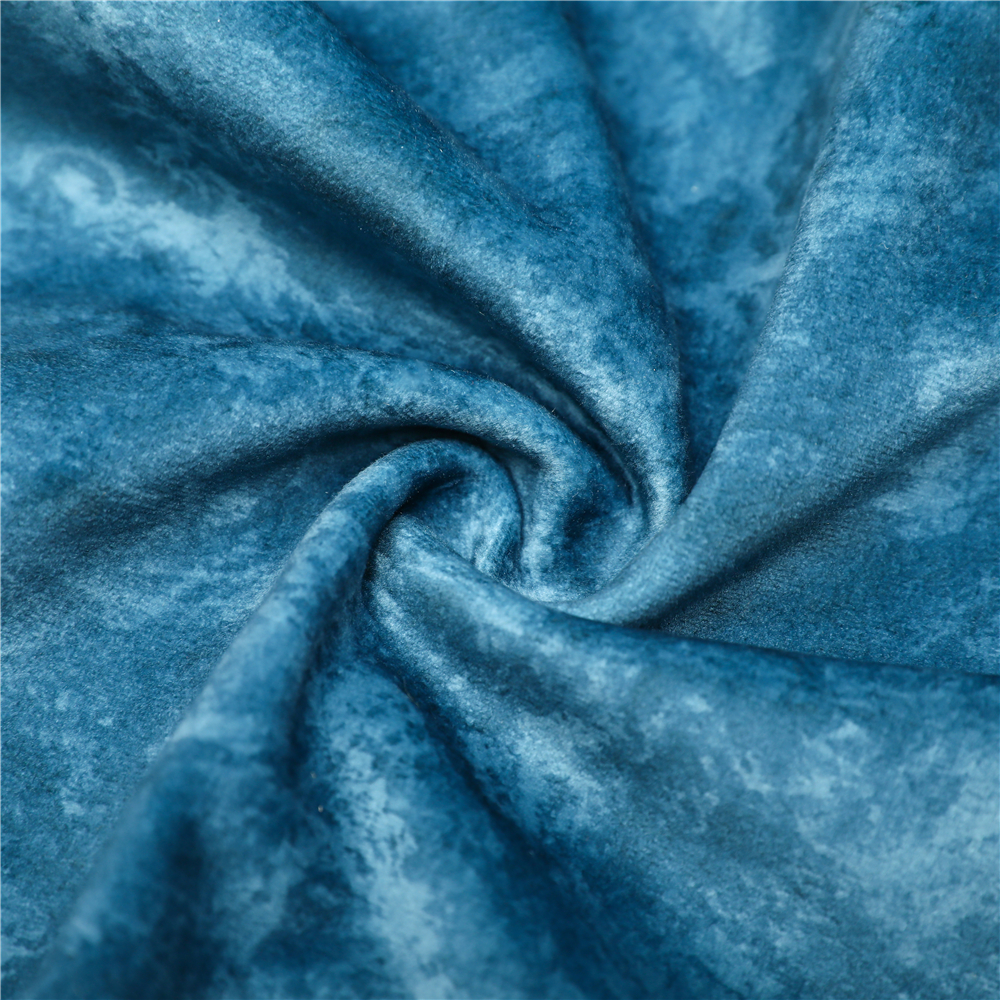The texture of warp-knitted fabric can vary depending on the specific knitting pattern and techniques used in its production. Warp knitting is a method of fabric production where yarns are vertically looped and interlocked to create the fabric. The texture of warp-knitted fabric is characterized by several factors:
Smoothness: Many warp-knitted fabrics, including tricot, are known for their smooth and fine texture. This smoothness is due to the interlocking of the yarns in a regular and consistent manner, resulting in a surface that is often soft and comfortable against the skin.

Stability: Warp-knitted fabrics are stable and less likely to stretch in the width, which contributes to their dimensional stability. This means that the fabric maintains its shape and size, even after stretching or repeated wear.
Density: The density of the loops and interlocking in warp-knitted fabric can vary, leading to different textures. Fabrics with higher loop density tend to have a denser and less airy texture, while those with lower loop density may feel lighter and more breathable.
Versatility: Warp knitting allows for a wide range of textures and patterns. Various knitting techniques, such as tricot, raschel, and others, can be used to create different textures, from fine and smooth to textured and ribbed.
Drapability: The texture of warp-knitted fabric can range from stiff and structured to soft and drapable, depending on the intended use. Fabrics with a softer texture are often used in applications where drape and flow are desirable.
Pattern Variety: Different warp knitting machines and patterns can produce a variety of textures, including raised or textured patterns for decorative or functional purposes.
Sheerness: Some warp-knitted fabrics, such as tulle and netting, have an open and sheer texture with a lace-like appearance. These fabrics are often used in lingerie, bridalwear, and eveningwear.
Stretch: Depending on the yarns used and the knitting technique, warp-knitted fabrics can exhibit varying degrees of stretch and elasticity. Some warp-knitted fabrics have a natural stretch, while others are more stable.
Surface Luster: The surface of warp-knitted fabric can vary in terms of luster, ranging from matte to shiny, depending on the yarns used and any additional finishes applied to the fabric.
In summary, the texture of warp-knitted fabric can be smooth, stable, versatile, and characterized by the specific knitting pattern and techniques employed. The texture can be adapted to suit various applications, from clothing and lingerie to technical textiles and upholstery, depending on the desired look and feel of the fabric.

 英语
英语 中文简体
中文简体

















